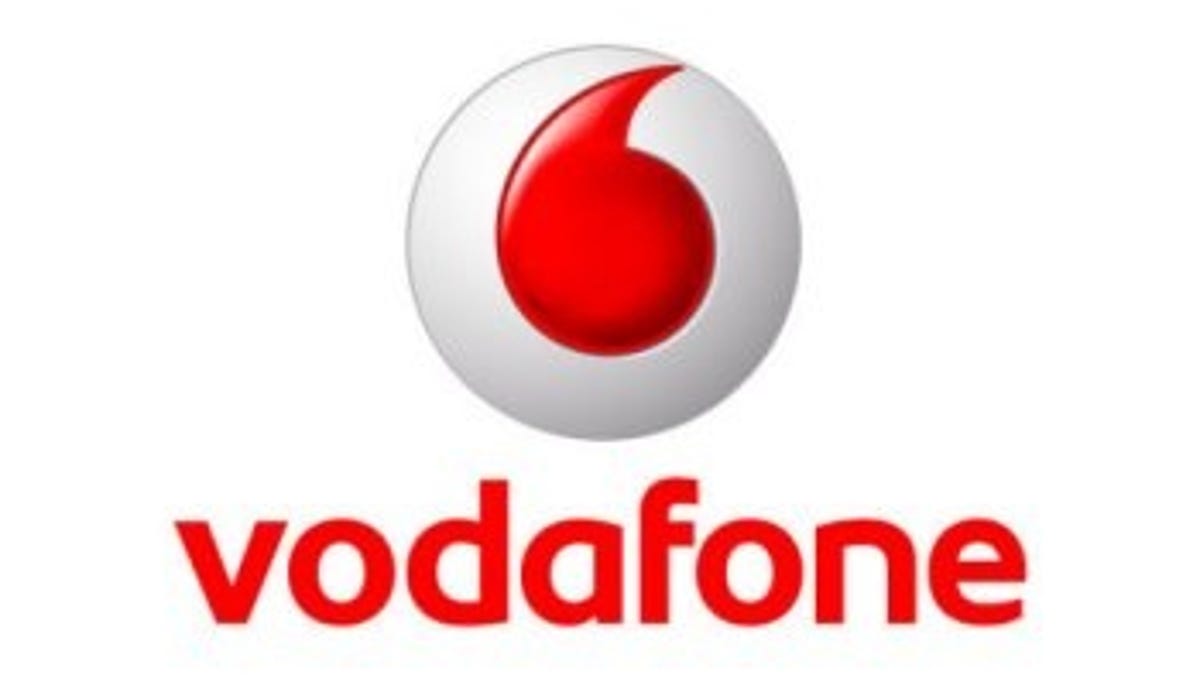Innovation 1-on-1: Willem Boijens
In this installment, Willem Boijens, Senior User Experience Manager at Vodafone in Dusseldorf, Germany, takes on our questions. Willem has had a wide variety of roles at Vodafone and has seen the large wireless services company from many angles. In his cu

In this series of interviews with innovation thought leaders we reach out to innovators in marketing, design, strategy, and operations -- from start-ups, small-medium sized business, Fortune 500 companies, academia, to non-profits -- and asked them to answer the same set of questions.
In this installment, Willem Boijens, Senior User Experience Manager at Vodafone in Dusseldorf, Germany, takes on the questions. Willem has had a wide variety of roles at Vodafone and has seen the large wireless services company from many angles. In his current role he aims to make experiential design a catalyst for innovation, ensuring that customer needs are kept at the forefront but also balanced with the many other factors of business, technology, partners and marketing which must be considered.
Q. How do you define "innovation"?
A: Innovation is directly related to the 'creative act'. Creating something new implies innovation. Materialized through incremental improvements or breakthrough experiences. The essence of innovation is still appropriate. However, in times when corporations make innovation a policy for reinventing themselves rather than a 'raison d'etre' it often becomes wishful thinking. True innovation can be encouraged and staged but hardly regulated.
Q. What was your most important innovation, and how did you find it?
A: The symbiotic relationship between communication and content.
Q. What is the best idea you've ever had and haven't yet executed?
A: A true immersive information architecture
Q. Which design "failure" did you learn the most from, and why?
A: Live a design agenda driven by downstream briefs rather creating upstream demand.
Q. What lessons can you pass on to others from how your organization has changed to make itself more innovation driven?
A: Manage a value-based portfolio by balancing validating/incremental activities with envisioning/breakthrough. Be a catalyst for debate.
Q. In your opinion, what are the biggest barriers and challenges that stand in the way of organizations becoming more innovative?
A: Politics, not invented here, (lack of) talent(s)
Q. Beyond your organization, who do you admire for risk-taking innovation, and what do you think makes them successful?
A: No specific individual but all that impacts the way people think about and live their lives which eventually forms society. Current risk-taking trend is sustainability.
Q. What innovation are you still waiting for?
A: Humanized technology